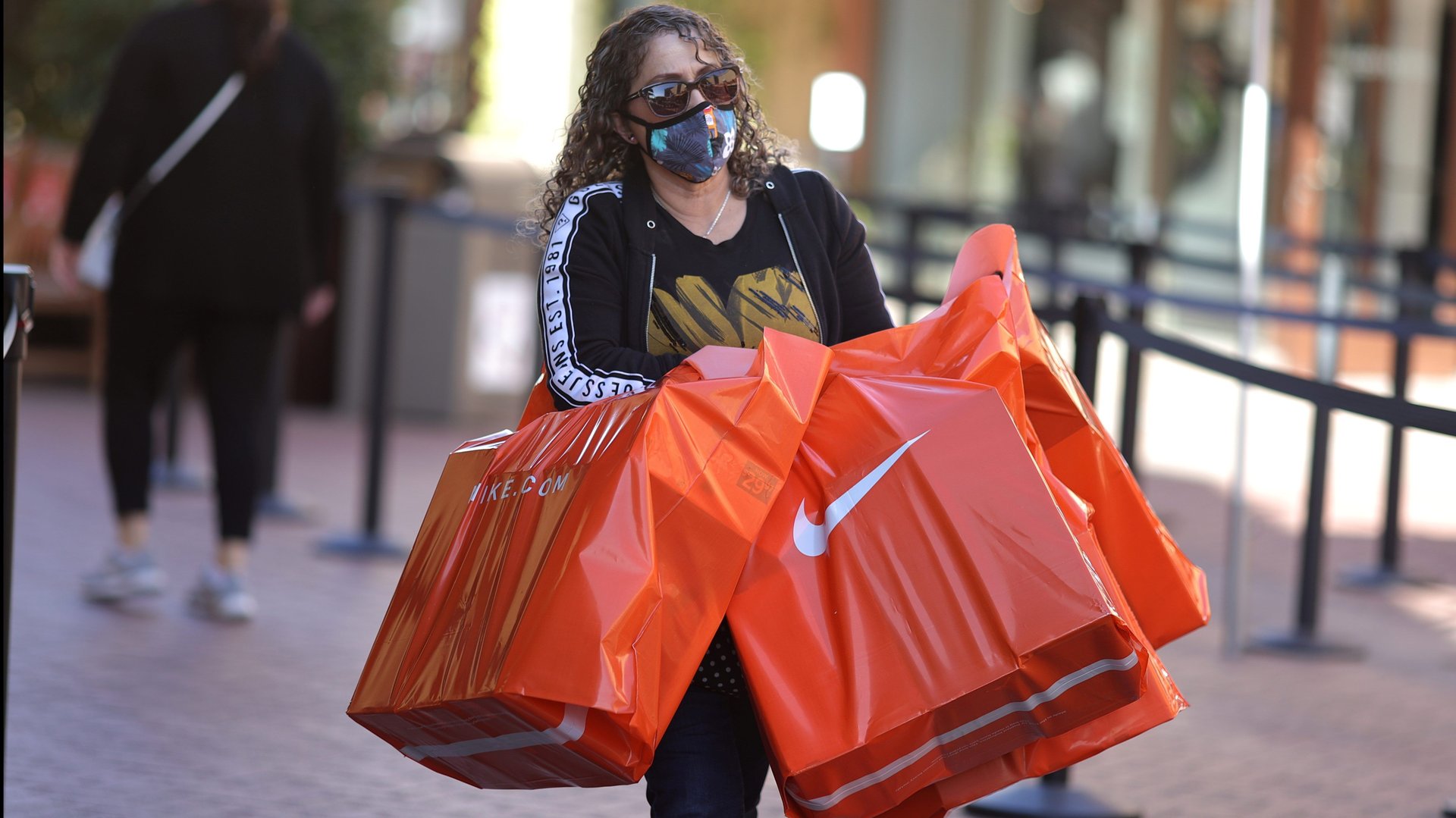Is Nike really facing a sneaker shortage?
An outbreak of Covid-19 in Vietnam in industrial centers such as Ho Chi Minh City is threatening to disrupt Nike’s global supply chain.


An outbreak of Covid-19 in Vietnam in industrial centers such as Ho Chi Minh City is threatening to disrupt Nike’s global supply chain.
The sneaker giant has steadily increased the share of its footwear it manufactures in Vietnam for more than a decade, to the point that fully half its shoes came from the country last year, it said in a regulatory filing. Its next largest sourcing destination, Indonesia, accounted for 24% of its shoes.
Two Nike suppliers operating plants in Ho Chi Minh City or neighboring Dong Nai province already had to halt production last week, according to Reuters, prompting concerns Nike’s sneaker supply could be at risk. So far it seems the factories will only be closed a few days. How much of a problem the situation becomes for Nike, however, will likely depend on whether the factory shutdowns become widespread and how flexible its sneaker supply is.
Despite the high proportion of its footwear it makes in Vietnam, Nike said in its filing it sourced shoes from 122 factories across 12 countries last year. In Vietnam alone, the company gets shoes from 53 different factories, according to its publicly available manufacturing map.
This set up gives Nike a diversified supplier base so it isn’t overly dependent on any one vendor, meaning the factories currently shut in Vietnam are a fraction of its footwear manufacturing. To offset any further disruptions, Nike could potentially shift some of its production from closed factories to open ones.
On the other hand, Nike does depend on some suppliers more than others. Last year, four footwear manufacturers accounted for about 61% of the production of its Nike brand footwear, it said. Nike didn’t specify which manufacturers these were or which countries they were in. But one of the suppliers identified by Reuters as closing its plants, Chang Shin Vietnam, runs the largest factory producing Nike’s footwear in Vietnam, measured by number of workers, according to data in Nike’s manufacturing map.
In a statement, Nike said it is confident in its ability to navigate the situation in the near term and expects suppliers to prioritize the health of their employees.
Nike’s supply chain risks
Nike isn’t immune to disruptions in its supply chain. In March, for instance, the company said logistics problems including the global shipping container shortage and congestion at US ports hampered its sales in the US because it wasn’t able to get enough shoes. If the factory shutdowns spread in Vietnam and other countries, Nike could find itself in a position where it doesn’t have enough supply to feed its demand.
In a research note to clients today, Morgan Stanley also pointed to Nike as one company that may suffer if new Covid infections in Vietnam, Indonesia, and Cambodia force lockdowns or restrictions at manufacturing plants. Many retailers have been working with lean inventory levels after the sales plunge from the pandemic last year. If more factories close around Asia due to new outbreaks, they may not be able to get enough inventory for the third and fourth quarters of the year, when the holiday season arrives and shoppers are ready to buy. Such a situation would test just how resilient and agile Nike’s supply chain is.